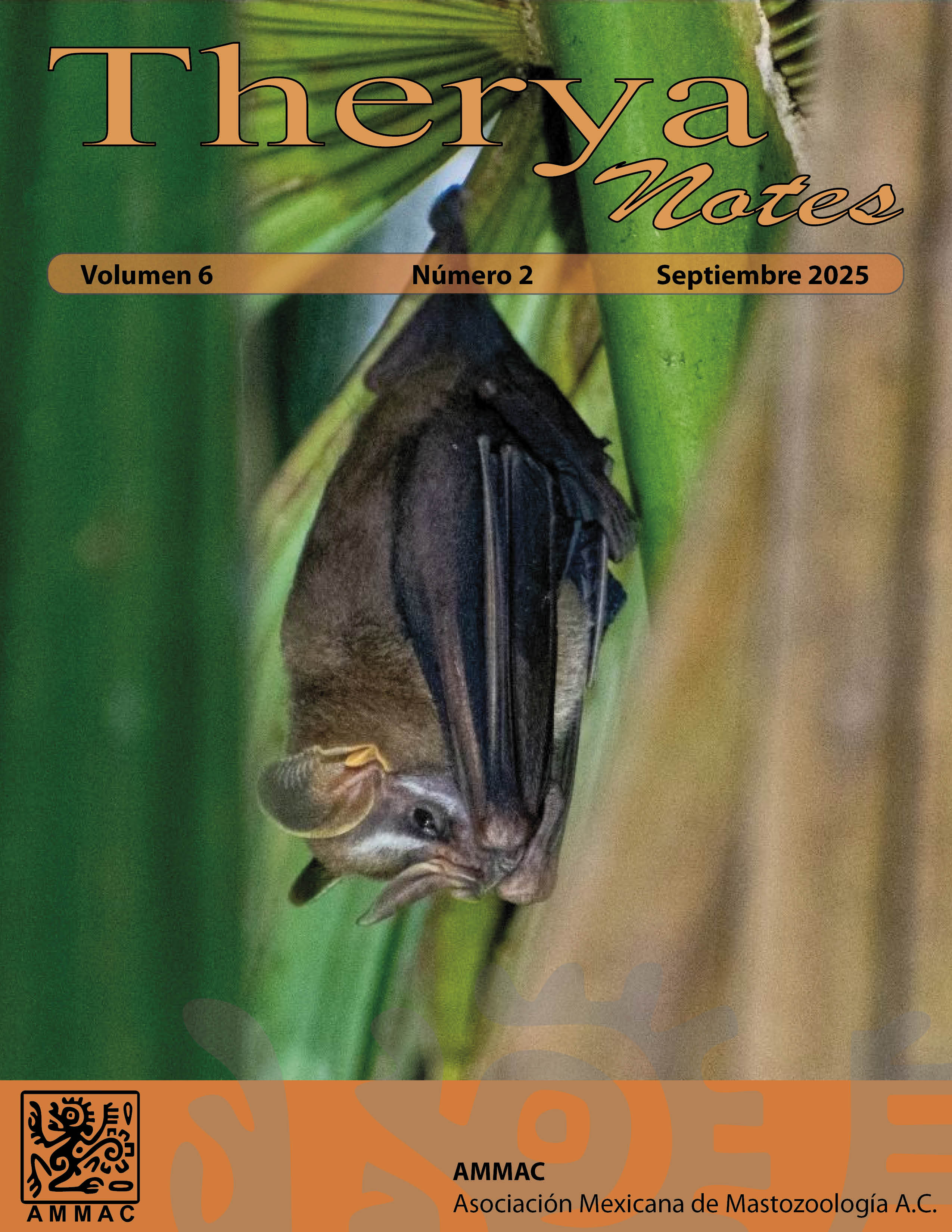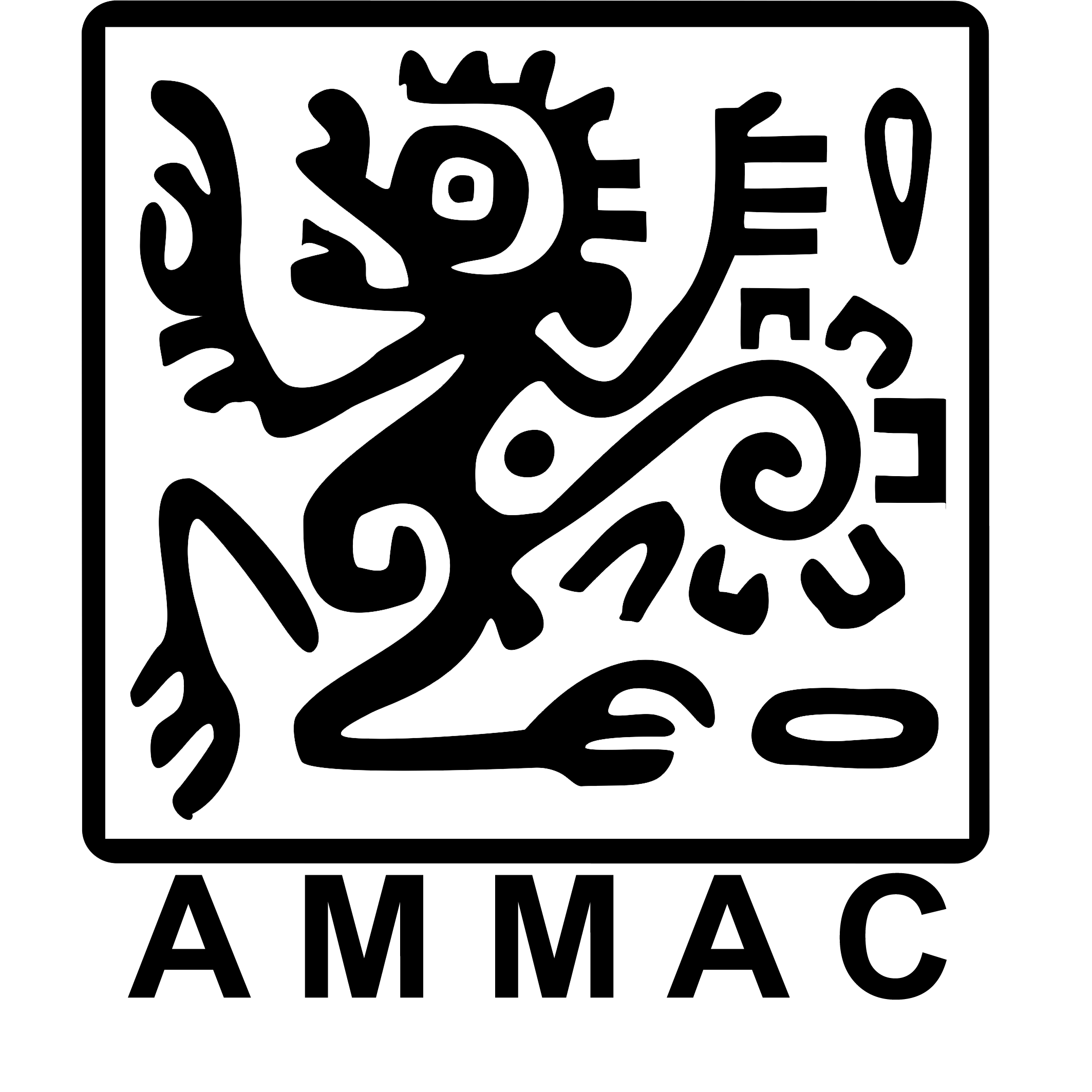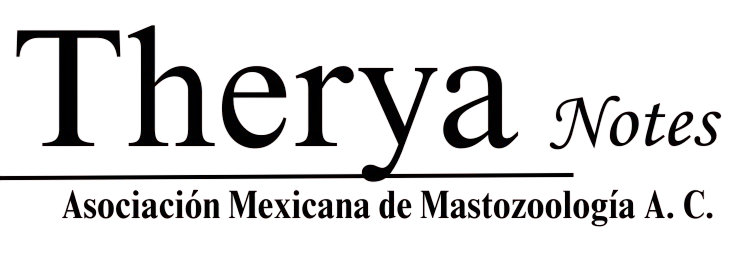First record and detailed description of calls from the Bolivian bamboo rat Dactylomys boliviensis in Carrasco National Park, Bolivia
DOI:
https://doi.org/10.12933/therya_notes-25-202Keywords:
Bioacustics, communication, intraspecific variation, call structure, type localityAbstract
Introduction: Sound communication among conspecific mammals is quite common and facilitates various behavioral interactions. The Bolivian bamboo rat, Dactylomys boliviensis, like many other mammals, uses this system to mark its territory and attract females.
Methods: We occasionally recorded the complete song of this species within Carrasco National Park, very close to the type locality, representing the first record of the species for the park. We compared our record with other calls from further northwest, near the border with Peru, and found significant differences in timing and structure.
Results: The call consists of a strong staccato, is divided in 2 parts, and the dominant frequency is 1.16 kHz. Our results reveal considerable variation in the song between individuals.
Discussion: The variation found may be influenced by factors such as individual size, soundscape limitations, changes in song structure due to distance, or even species differentiation. This record presents an opportunity for the scientific community to further investigate the causes of this call variation.
Downloads
Published
How to Cite
Issue
Section
License
Copyright (c) 2024 Therya Notes

This work is licensed under a Creative Commons Attribution-NonCommercial-NoDerivatives 4.0 International License.
THERYA NOTES is based on its open access policy allowing free download of the complete contents of the magazine in digital format. It also authorizes the author to place the article in the format published by the magazine on your personal website, or in an open access repository, distribute copies of the article published in electronic or printed format that the author deems appropriate, and reuse part or whole article in own articles or future books, giving the corresponding credits. The Creative Commons CC BY-NC-SD license is used.![]()















